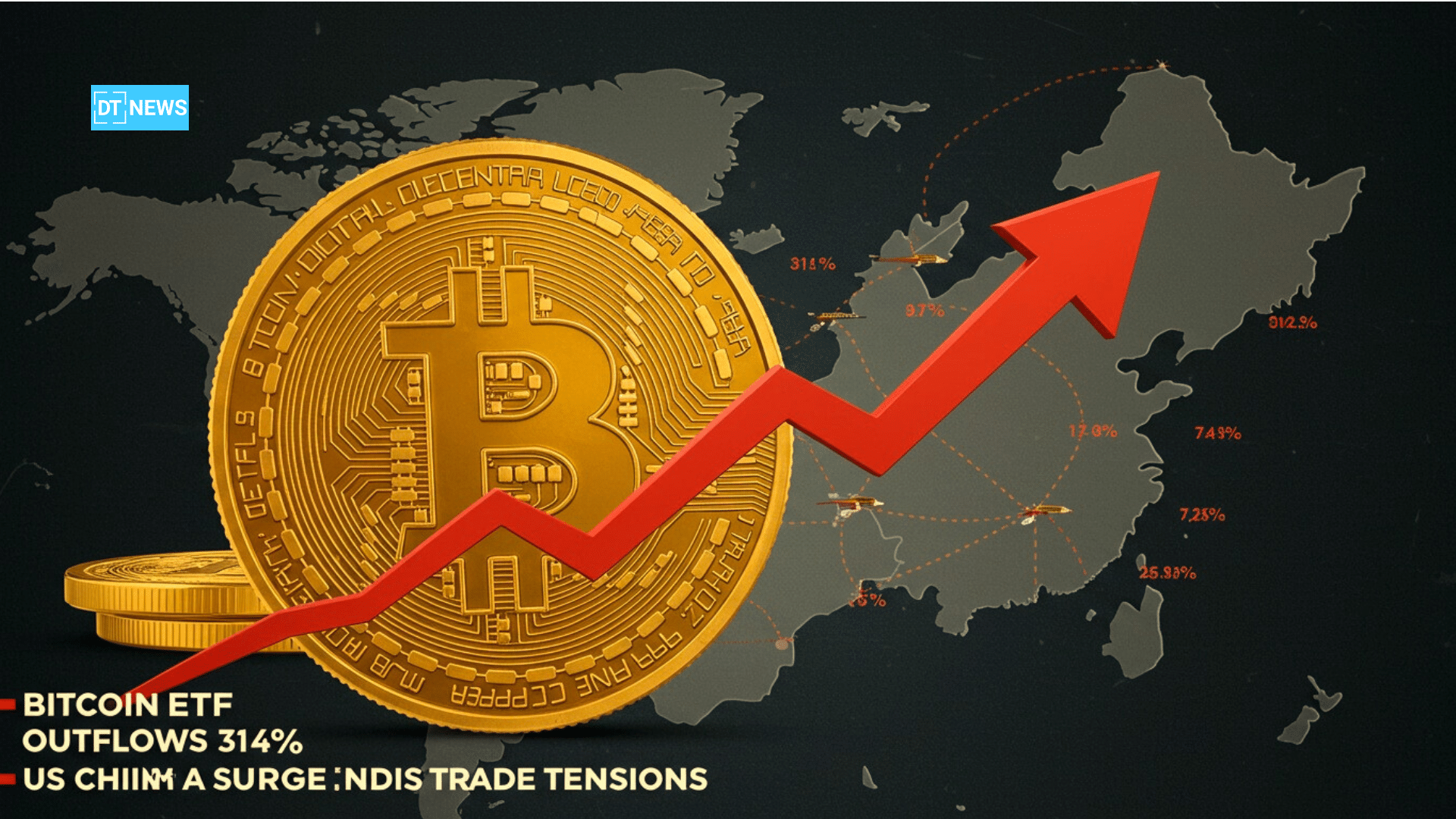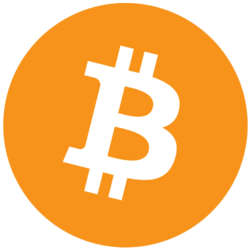Spot Bitcoin ETFs experienced heightened volatility last week as capital flight intensified amid broader market concerns. Total net outflows rose sharply, surpassing $713 million, marking a more than 300% increase compared to the previous week. The escalation of the US-China trade conflict significantly impacted investor confidence, leading to a widespread withdrawal from crypto-related investment products.

Bitcoin ETFs Face Worst Weekly Outflows
The market tension triggered investor fear, leading to the worst weekly capital outflow from Spot Bitcoin Exchange-Traded Funds. During the most recent weekly period, from April 7 to April 11, the total money withdrawn from spot Bitcoin funds exceeded $713 million, above the $172.69 million withdrawn the previous week.

The spot Bitcoin funds of IBIT reported the highest capital depletion at $343 million. Almost 50 percent of the withdrawn funds came from this sum. The crypto position liquidations made by market participants stemmed from increasing global uncertainties and geopolitical tensions that lowered market risk appetite. The public’s concerns about an unstable American-Chinese trade relationship caused widespread market pressures on cryptocurrency operations.
During GBTC’s operating period, total withdrawals reached $22.78 billion through its $161 million net outflow of capital. Small amounts of buying activity could not establish equilibrium, as most major ETF products saw significant selling activity among their participants. The Bitcoin Mini Trust offered by Grayscale gained $2.39 million, its only noteworthy achievement among all product investments.
BTC Futures Open Interest Dropped Despite Positive Price Movement
At the start of this week, BTC futures contracts were accompanied by decreasing open interest values as market prices showed modest increases. When the recording was done, the total derivative contract value reached $55.73 billion, a 5% decrease from the previous 24 hours. This dip highlights traders’ cautious behavior in the face of market instability.
BTC prices increased by 1%, yet positions maintained a low trajectory during this period. Market traders conducted contract closures instead of new positioning because market volatility reached excessive levels. Market cooling activity did not affect the positive funding rates because traders maintained long positions.
The persistent negotiations between China and the United States about tariffs cause worldwide markets to remain unstable. Because of current market conditions, traders today need to reevaluate their positions in volatile financial tools, including cryptocurrencies. The funding rates reveal that institutional investors adopt defensive positions as they reduce trading activity levels in BTC futures contracts.
Bearish Tilt Emerged in BTC Options Market
Trader uncertainty in Bitcoin options markets became evident through the greater number of downside protection instruments purchased than bullish protection instruments. More investors began to put their money at stake based on expected price decreases and needed defense against assessed loss in value. More traders showed increasing concerns about downside risks, strengthening the market’s conservative position during the last week.
The increased number of put-option bets relative to call-option bets on various exchanges contributed to a widespread negative market atmosphere by showing rising price drop expectations. The Bitcoin Trading Cost (BTC) maintained its value at $74,000 despite regular price increase attempts reaching $85,000. Options position statistics indicate an uneven market state, which leads numerous traders to expect bearish market performance.
Gaining funds from perpetual contracts generates some optimism, but investors keep their protective positions toward ETFs and derivatives. The recorded data indicates positive outlooks, which continue to face restrictions because of ongoing economic uncertainties in the market.
FAQs
What caused the sharp increase in Bitcoin ETF outflows?
The surge was primarily due to renewed fears over the US-China trade war, which reduced investors’ risk appetite.
Which Bitcoin ETF saw the highest outflows?
BlackRock’s IBIT recorded the highest outflows at $343 million, representing nearly half of the total withdrawn funds.
Why did open interest in BTC futures drop?
Open interest declined as traders exited positions due to market uncertainty and short-term risk aversion.
What does a higher put/call ratio in the options market indicate?
A higher ratio suggests bearish sentiment, as more traders are betting on price drops or hedging against downside risks.
Did any Bitcoin ETF record inflows during the week?
Despite the overall negative trend, Grayscale’s Bitcoin Mini Trust attracted $2.39 million in net inflows.
Glossary
ETF (Exchange-Traded Fund): A financial instrument that tracks the price of an asset and is traded on stock exchanges.
Open Interest: The total number of outstanding derivative contracts, such as futures or options, that have not been settled.
Funding Rate: A recurring payment between long and short traders in perpetual futures to keep prices aligned with the spot market.
Put/Call Ratio: A metric that compares the number of put options to call options, indicating market sentiment.
Net Outflows: The total amount of money withdrawn from a fund or investment product over a period.
Sources:



















































































































